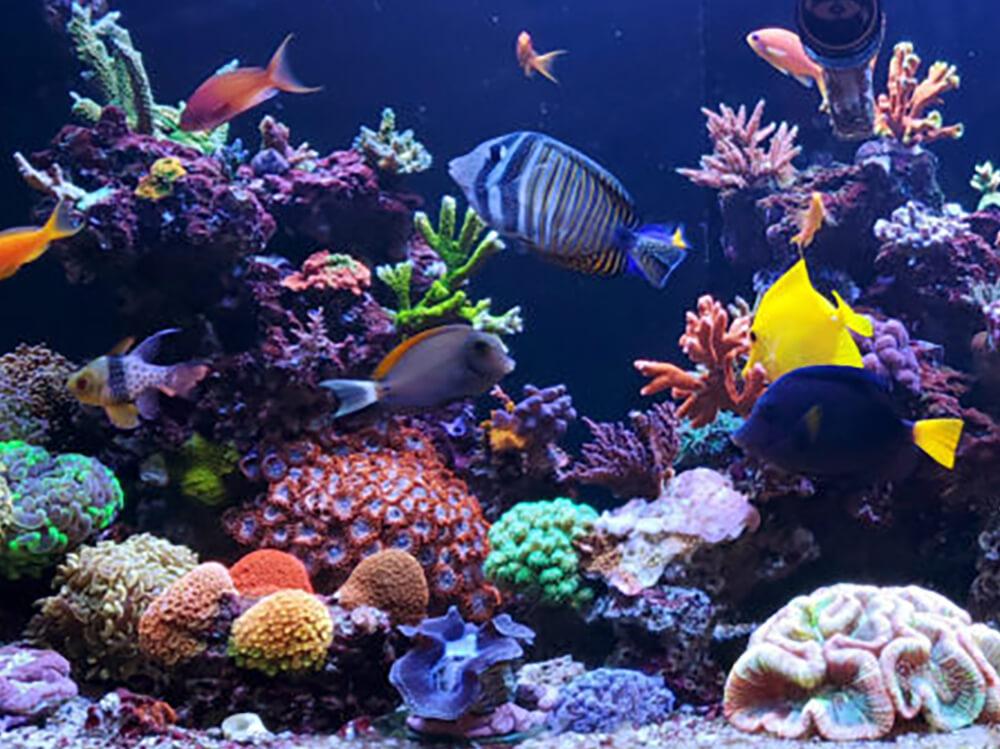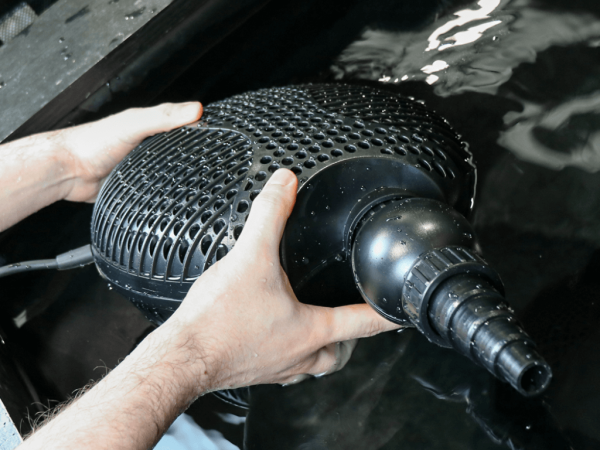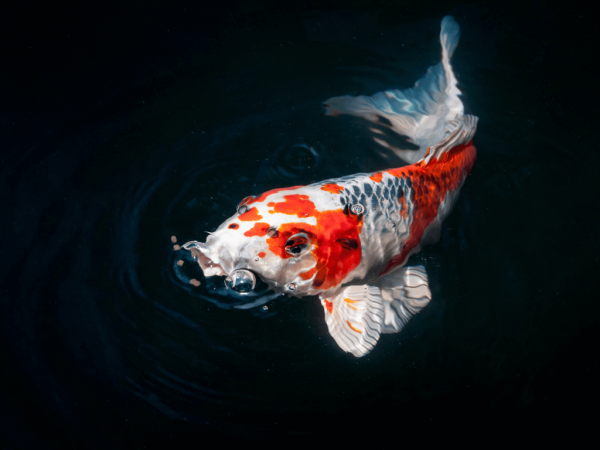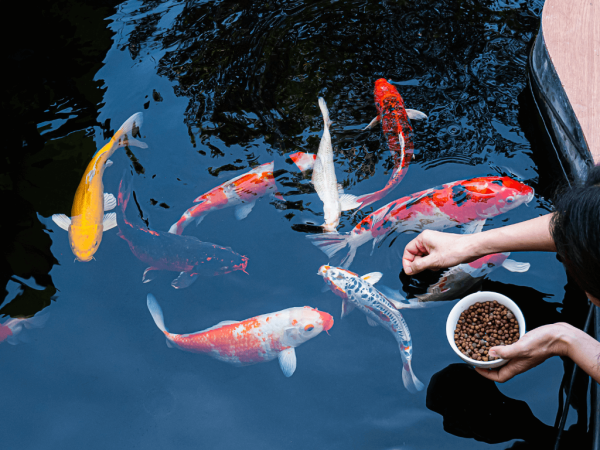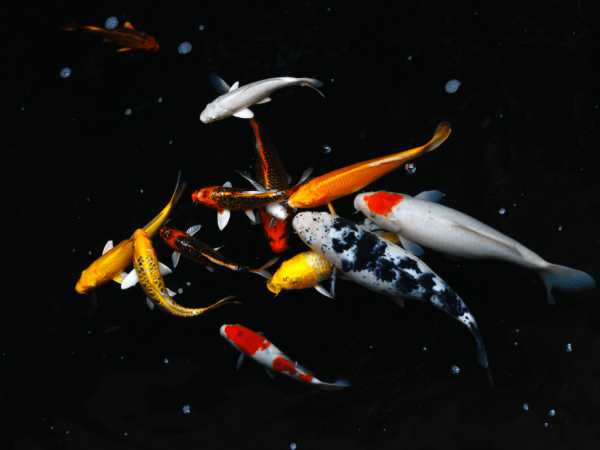What do I need to set up a marine aquarium?
Marine fish tanks are so cool, and there’s no better hobby to start while you’re stuck at home. Here’s a list of the marine aquarium equipment you’ll need:
Marine Tank
Choose a model from 50-500 litres to get you started, but note that you’ll need a tank of 300 litres and 120cm in length minimum to keep Tangs long term.
Reef tank Lighting
If you want live corals and anemones you need good light. Choose high-powered controllable LED that mounts to the tank rim. Reef Spec LED lighting has the advantage of making some coral colours really pop, and it’ll make them glow neon.
Aquarium filter carbon
Coral reefs have very clean water in nature, so use carbon to soak up any impurities in your tank water. Change every thirty days.
Phosphate remover
Bright light means lots of nuisance algae so use phosphate remover in a reactor to soak up phosphate and starve algae.
Marine aquarium salt
Not just any salt, marine salt has dozens of extra elements in it to keep corals healthy. Buy enough to fill the tank and have spare for regular partial water changes.
Aquarium refractometer
A refractometer is a measuring device for salt quantity in reef aquariums. Every marine tank owner needs one to monitor the saltiness of their water.
Aquarium test kits
If you just want nemo you’ll need to test for ammonia, nitrite and nitrate. But if you want a full-blown reef tank with live corals purchase test kits to test for KH, Calcium, Magnesium, Nitrate and Phosphate.
Aquarium heater
Don’t skimp on the quality of this important device, i.e don’t use a £20 heater to heat £2000 worth of corals. Go for the best and get a Titanium heater and separate temperature controller.
Aquarium thermometer
As important as any other piece of equipment listed here. Too hot or cold and your corals will perish, regardless of other water parameters.
Protein skimmer
An extra pre-filter that’s used by 99% of successful reefkeepers. Choose a model that can filter double your tank’s capacity.
Wavemakers
The water is always moving on coral reefs and corals use water flow to bring them food and wash away their waste. Choose a controllable model with variable flow.
Aquarium coral sand
The base of every marine aquarium. Add enough to obtain a thin layer, 3cm deep on the bottom of the tank. Vacuum regularly to keep it free of nutrients.
Rock for reef tanks
Choose dry rock to form your aquascape before filling with water. Make the structure open to allow for good circulation of water.
Fish catching net
You’ll need a net to catch fish, shrimp and debris.
Biomedia
Biological media is necessary to break down ammonia and convert it into less harmful substances. Choose a ceramic media to do the bulk of the biological work.
Bacteria
Kick start the system with a dose of bacteria. It’ll make it ready for fish.
Algae magnet
Algae builds up on the glass daily, so wipe algae while keeping your hands dry by using an algae magnet.
Gravel syphon
Use this to vacuum the gravel but also to syphon water from the main tank during partial water changes.
Sump
Not every marine tank has a sump but most medium, large and extra-large ones do, and they offer somewhere to store large equipment like protein skimmers while also increasing water volume. Most long term reef keepers run tanks with sumps.
Return pump
The heart of the system, the return pump sucks water through the filter and pumps it back into the main tank. Choose a controllable DC pump for ease of turning it up and down.
Auto top-up
Essential to all marine aquariums, especially open-topped ones, auto top-up units replace the freshwater lost through evaporation, keeping the salinity stable. Stable salinity is crucial to a successful marine tank.
Reverse osmosis water
Salt should be mixed into reverse osmosis water, which is very pure and free of impurities. Set up a unit at home to produce water for salt mixing and topping up evaporation.




